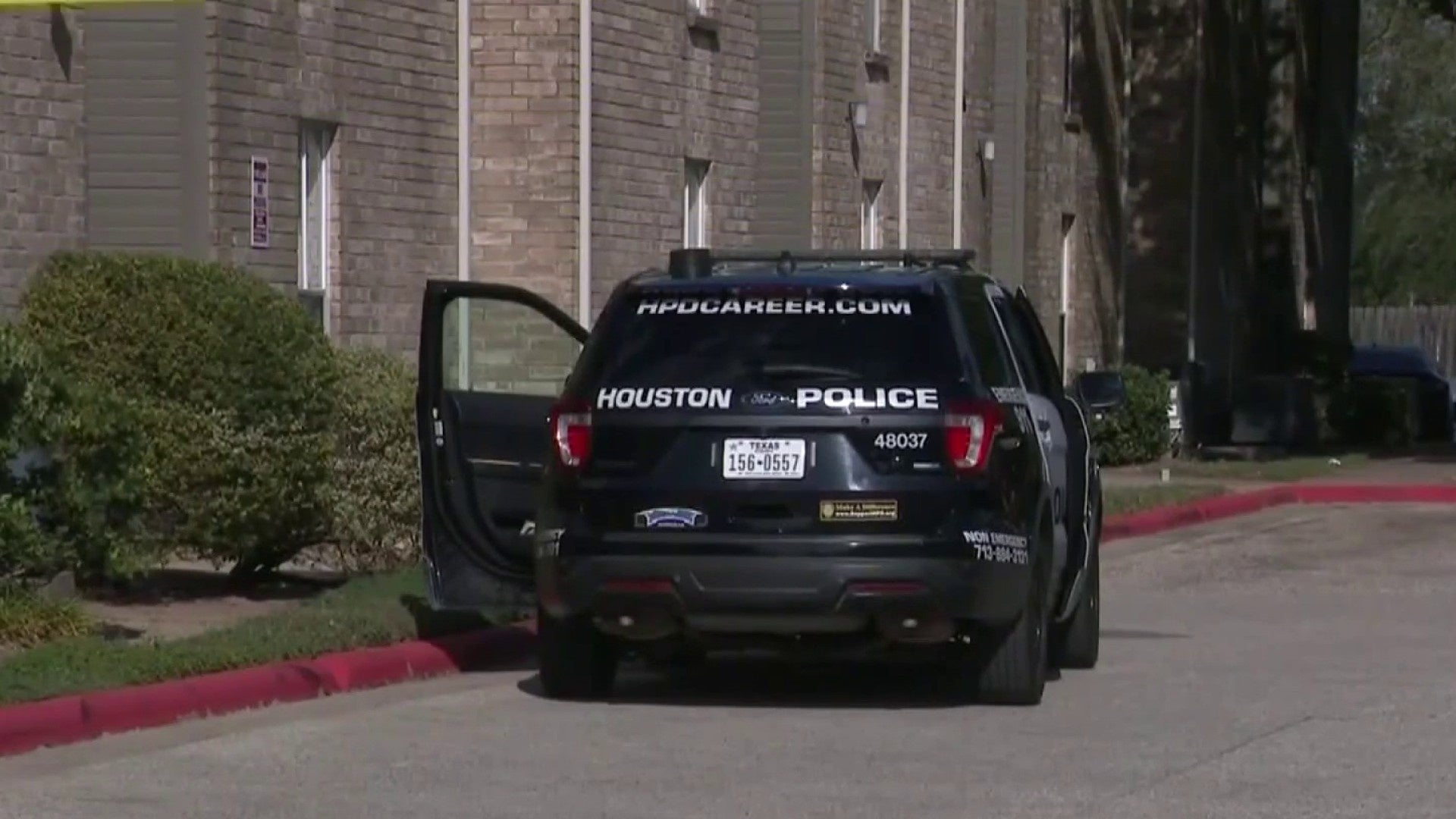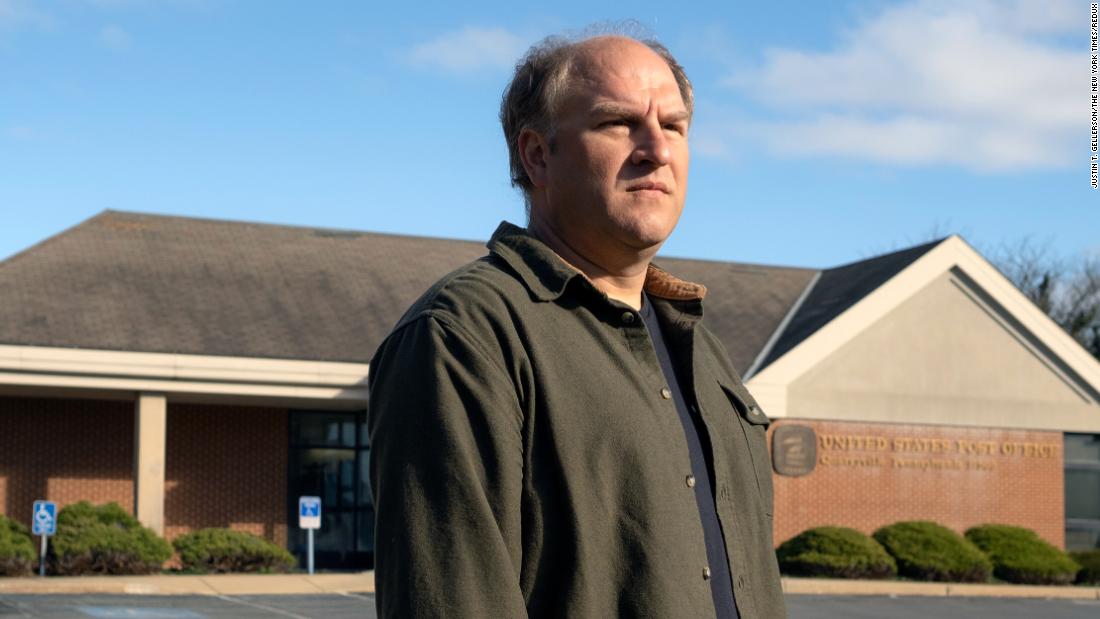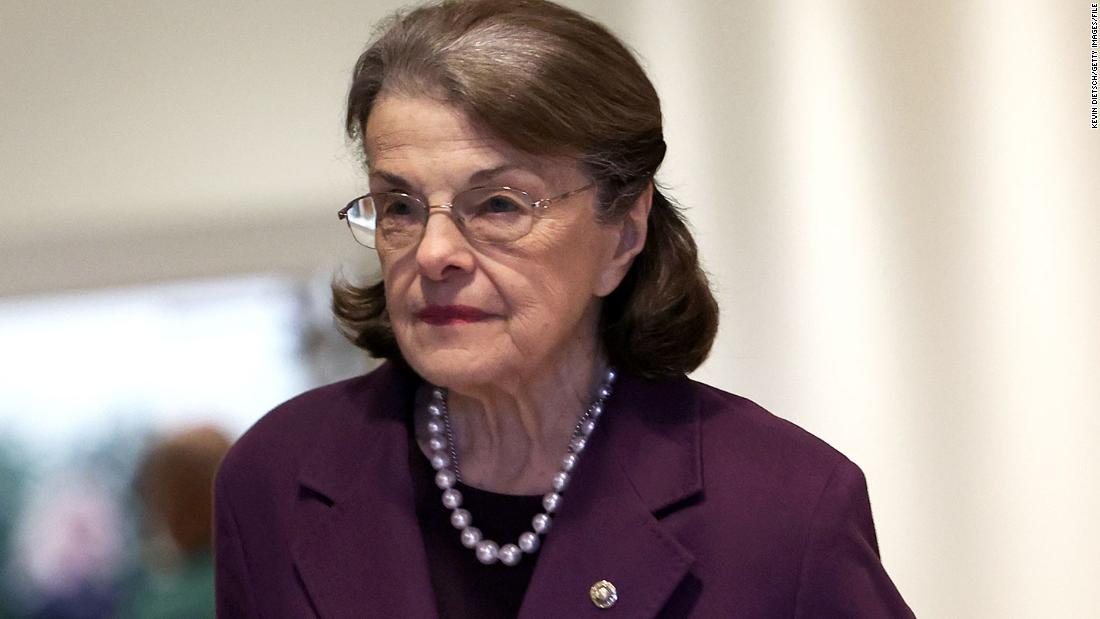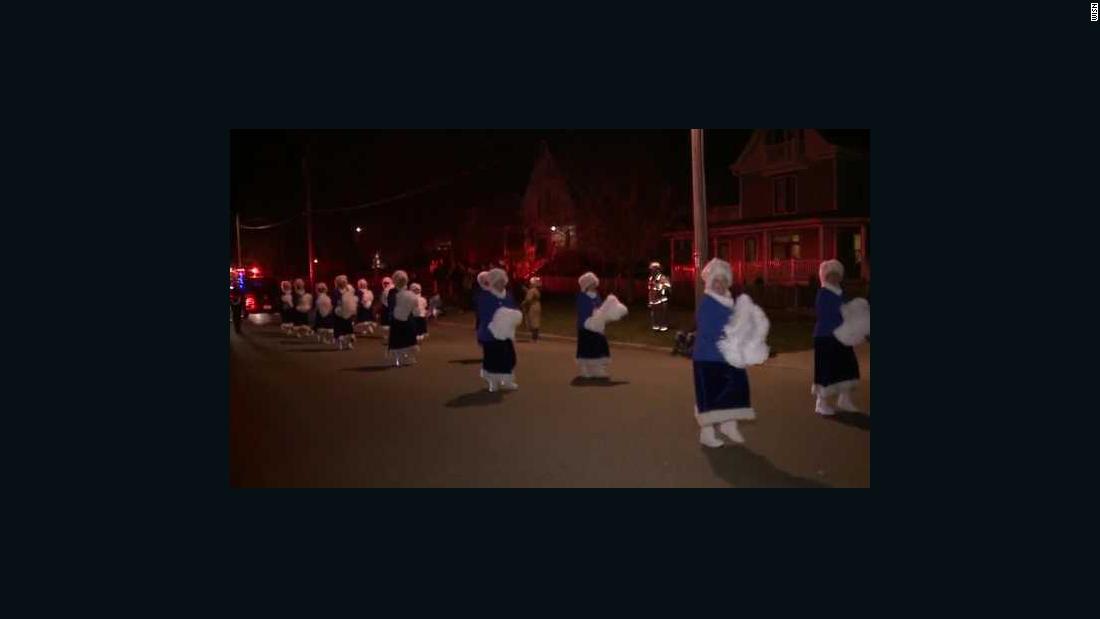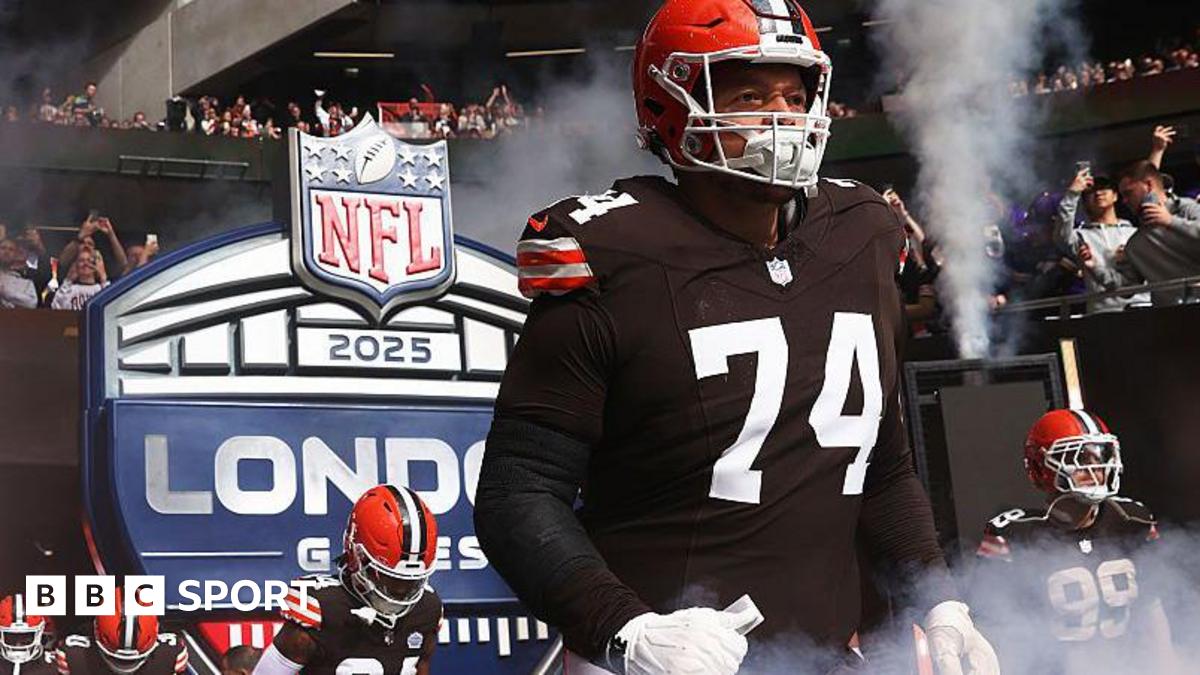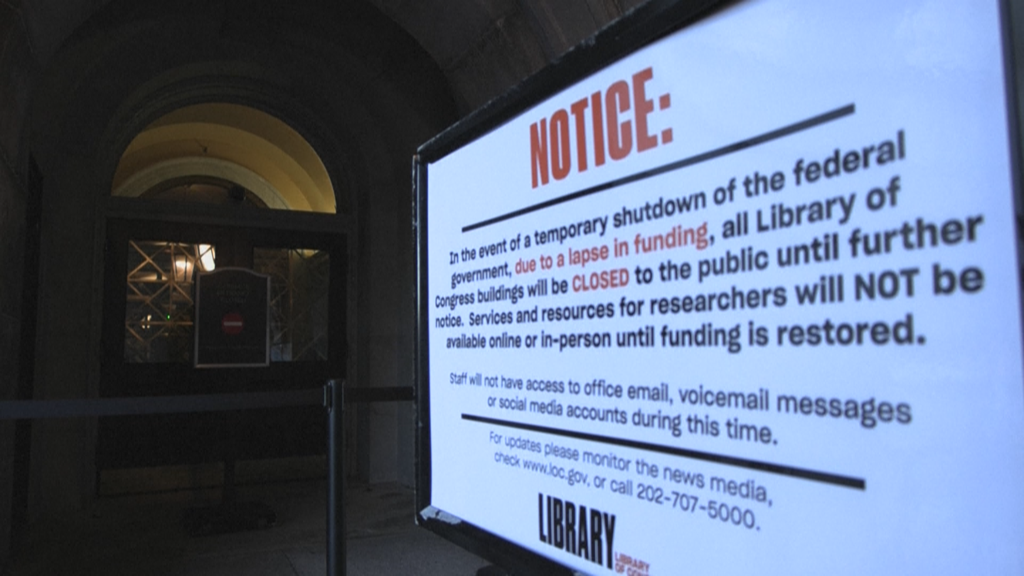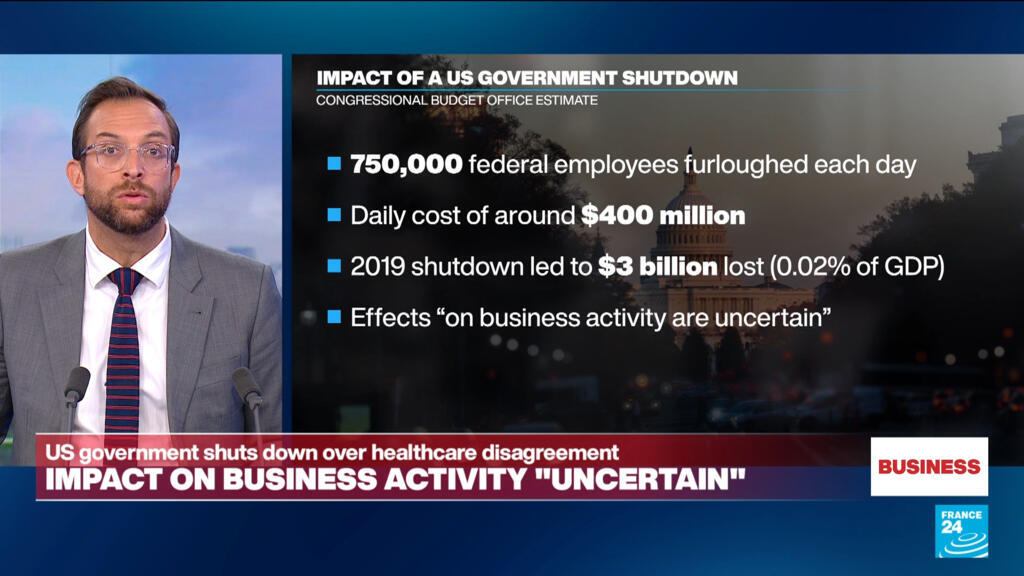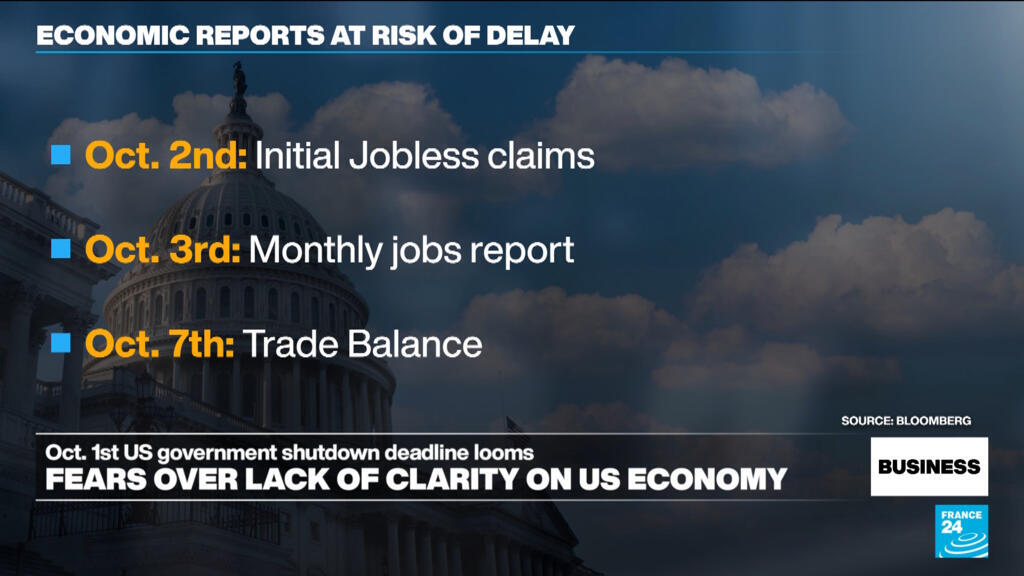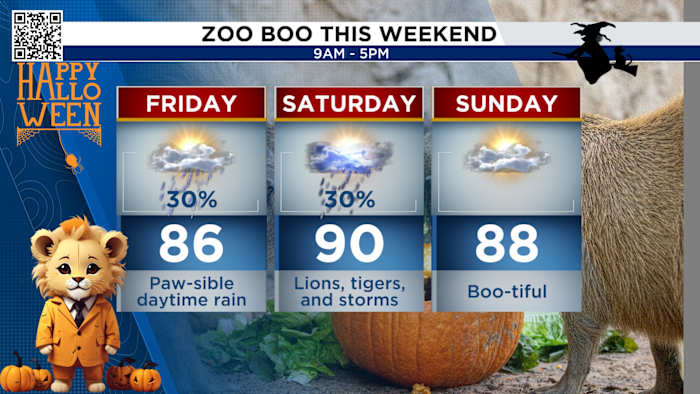Tom Petty’s Legacy in Literature
The life and music of Tom Petty is detailed - with stunning photos and visuals - in a new coffee table book. The post Tom Petty’s Legacy in Literature appeared first on Houston Press.


More often than not, rock star deaths don’t come as an utter surprise. Whether the result of a fast-living lifestyle, longtime health issues, or just old age, when a musician shuffles off this mortal coil, the newspaper obits are usually pre-banked.

That wasn’t the case when Tom Petty died unexpectedly in 2017 at the age of 66. After all, he had just completed his 40th anniversary tour with the Heartbreakers a little over a week before. Sure, people noticed he had a little difficulty moving due to a fractured hip. And he had a few other minor ailments.
But when the cause of death was revealed—an accidental overdose of a cocktail of fentanyl and other opioids he’d been prescribed to treat the pain—it still stunned fans. Those same fans now “got lucky” with the release of Tom Petty: The Life & Music by Gillian G. Gaar (200 pp., $55, Motorbooks).
It’s the latest in a series of a newish subcategory of music book publishing. A handsome, hardcover tome housed in a slipcase, printed on quality paper, and chock full of visuals including everything from rare concert and unposed pics to record covers, memorabilia, ephemera, and a fold out timeline. This particular book reproduces many of Petty’s visually-very-cool backstage passes from over the years.
And while the text (seemingly always written by Gaar or fellow prolific scribe Martin Popoff) does not have the word count of a regular biography, it is always concise, precise, and includes factoids to surprise even the most diehard fan. And a price tag aimed for that diehard, or at least a great Christmas/Birthday/Arbor Day gift for the casual listener.
Like some of the other books, this tells Petty’s story in a series of 75 short “chapters” spotlighting key records, incidents, or turning points the subject’s life and career. And the first two were common for his entire generation: hearing Elvis Presley (who a 10-year-old Petty actually got to meet on the set while the King was filming Follow that Dream in his native Florida) and seeing the Beatles first appearance on The Ed Sullivan Show.
Petty and his Heartbreakers struggled at first, but the quality of the songs and the band’s tireless road work ethic paid off as hits like “Breakdown,” “Refugee,” “Listen to Her Heart,” “American Girl,” “I Need to Know” and “Don’t Do Me Like That” piled up. But success was never clear.
In the case of breakthrough hit “Breakdown,” the single had been released with anticipation and…stiffed. Only the belief of ABC Records promo man Jon Scott—who found a white label publicity copy of the record in a closet and badgered an L.A. radio station to play it—made it a hit. Eight months after its initial release.
Also chronicled are Petty’s occasionally skirmishes with his record company. Most famously when distributor MCA wanted to release his fourth album, 1981’s Hard Promises, as the “superstar pricing” of $9.98 per album instead of the standard $8.98 (the higher price being the equivalent of $35.57 today).
Petty felt that it would put it out of the price range of his fanbase and publicly and bitterly fought against it. Petty prevailed and cheekily posed for Rolling Stone ripping up a dollar bill. And the final cover of Hard Promises? It featured Petty in a well-stocked record store by a crate of records marked…$8.98 (though Gaar’s text suggested that number was inserted with a bit of photo manipulation magic).
Other nuggets include the fact that “Don’t Come Around Here No More” was originally intended for Stevie Nicks, herself an unabashed fan of the group who publicly pined to join and performed with them whenever she could (and she duetted with Petty on “Stop Draggin’ My Heart Around”).
The Alice in Wonderland-inspired video with Petty as a grinning, sadistic Mad Hatter is still the one Petty video most people think of above all others. It even raised the ire of one parents’ group for “promoting cannibalism” for the sequence in which the body of “Alice” is transformed into a cake. That is then gleefully eaten by Petty’s Hatter and a series of storybook characters.
And the title? It came from a phrase that Stevie Nicks yelled at song co-writer Dave Stewart (of the Eurythmics), one morning while chucking him out of her house after a probable one-night stand. You can’t make this stuff up.
The chapters move through his solo success, back to the Heartbreakers and back again, collab with the Traveling Wilburys, and eventual place as a Classic Rock icon. And one interesting detour into politics.
While Petty (or his estate) issued cease and desist orders over the years to Republican politicians George W. Bush, Kari Lake, and Donald Trump for using one of his songs at their rallies (“I Won’t Back Down”), he did allow Hillary Clinton to use “American Girl” during her run for the Presidency. It’s probably his best-known song and usual live show closer.
When Tom Petty: The Life & Music ends at chapter 75, it’s about the future. And how the music lives on to be discovered by new audiences. Fans of him (and violent video games) were surprised in 2023 when a long-forgotten Petty B-side, “Love is a Long Road,” appeared on the trailer for the video game Grand Theft Auto VI.
It subsequently racked up millions of views, listens and downloads on YouTube and Spotify. Proving that yet again, a musician’s body of work can long outlast their actual body. And Tom Petty: The Life & Music will surely send the reader straight to the latter.
The post Tom Petty’s Legacy in Literature appeared first on Houston Press.


